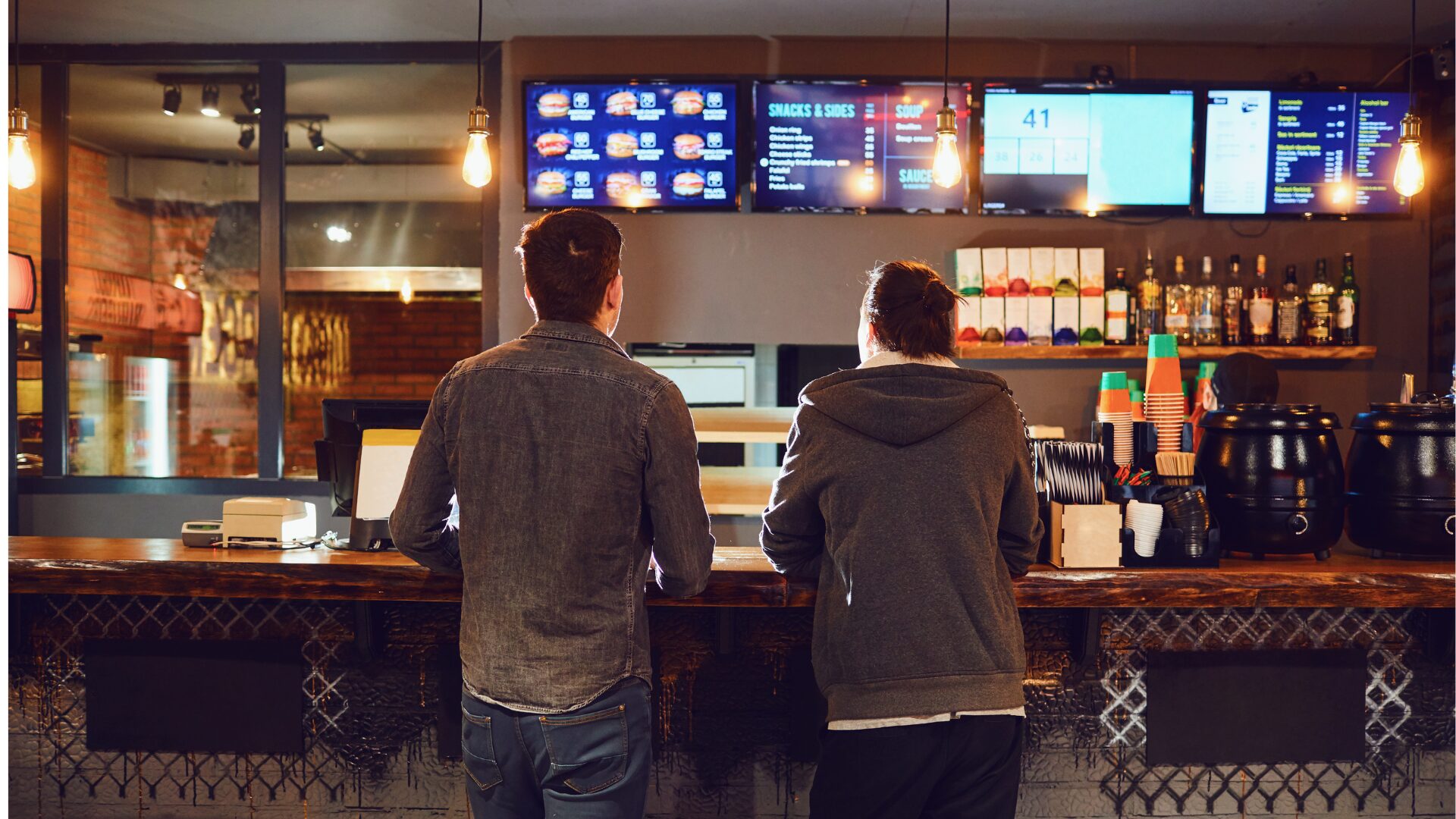There is no doubt that restaurants have been beaten down during the COVID-19 pandemic. More than 110,000 restaurants have closed permanently or for a long period of time throughout the U.S., while others face uncertainty as many states continue to impose restrictions as coronavirus cases surge.
However, new hope could be on the horizon for the food industry in 2021.
Congress has struck a long-anticipated stimulus deal to provide $900 billion in aid, reported The New York Times (Dec. 20). The deal would deliver the first significant infusion of federal dollars into the economy since April.
The agreement is expected to provide $600 stimulus payments to millions of Americans earning up to $75,000 and revive supplemental federal unemployment benefits at $300 a week for 11 weeks.
The measure would also provide more than $284 billion for businesses and revive the Paycheck Protection Program, a federal loan program for small businesses that lapsed over the summer. This could provide relief for small restaurant businesses who have been struggling to stay afloat.
POTENTIAL INDUSTRY IMPACT
The $600 stimulus money could, in theory, also lead consumers to order more takeout, offering even more support to restaurants. The agreement is also expected to provide billions of dollars for testing, tracing, and vaccine distribution. A CDC panel recently voted 13-4 to put “frontline essential workers” and people 75 years of age and older next in line to be eligible to be vaccinated, reported CNBC (Dec. 20). Food and agricultural workers, as well as grocery store workers, are on the list.
Meanwhile, brewers and restaurants are expected to gain from the year-end congressional agreement reached on Dec. 20, reported The Wall Street Journal (Dec. 21). The deal is expected to include tax breaks aimed at supporting the economy during the pandemic, as well as extensions of provisions that were to expire at the end of the year.
The business-meals break for 2021 and 2022 will allow full write-offs inside of the currently 50% limit. Lawmakers and economists have questioned the merits of the deduction, but President Trump said it was important for the restaurant industry. The deductions will lead to more spending in restaurants, according to Sen. Tim Scott who championed the provision.
“Common-sense solutions like my bill are no-brainers and will help save millions of restaurants across the nation from going under,” he said.
Additionally, lower tax rates for beer, wine, and spirits makers that have been in place since 2018 will be extended indefinity.
LOOKING AHEAD
With an eye toward the future, Technomic has outlined what’s expected for restaurants in 2021 in its latest whitepaper. For restaurants which are looking to innovate and grow in the new year, several avenues should be considered. At the top of the list is menu cleansing. The firm expects more SKU-rationalization and highlighting core items.
Some of the other avenues include investing in digital differentiation, revisiting the “big three” international hotspots (Italian, Mexican, and Chinese), and communicating definitive messages around social justice stances.
“While the COVID-19 pandemic has steamrolled foodservice, the industry is still gearing up for the beginning of a recovery in 2021,” the paper says. “Capacity constraints, service suspensions and lingering guest hesitation may persist, but ongoing consumer and operator adjustments—along with the expectation for medical advances—will result in a positive outlook for the industry.”












